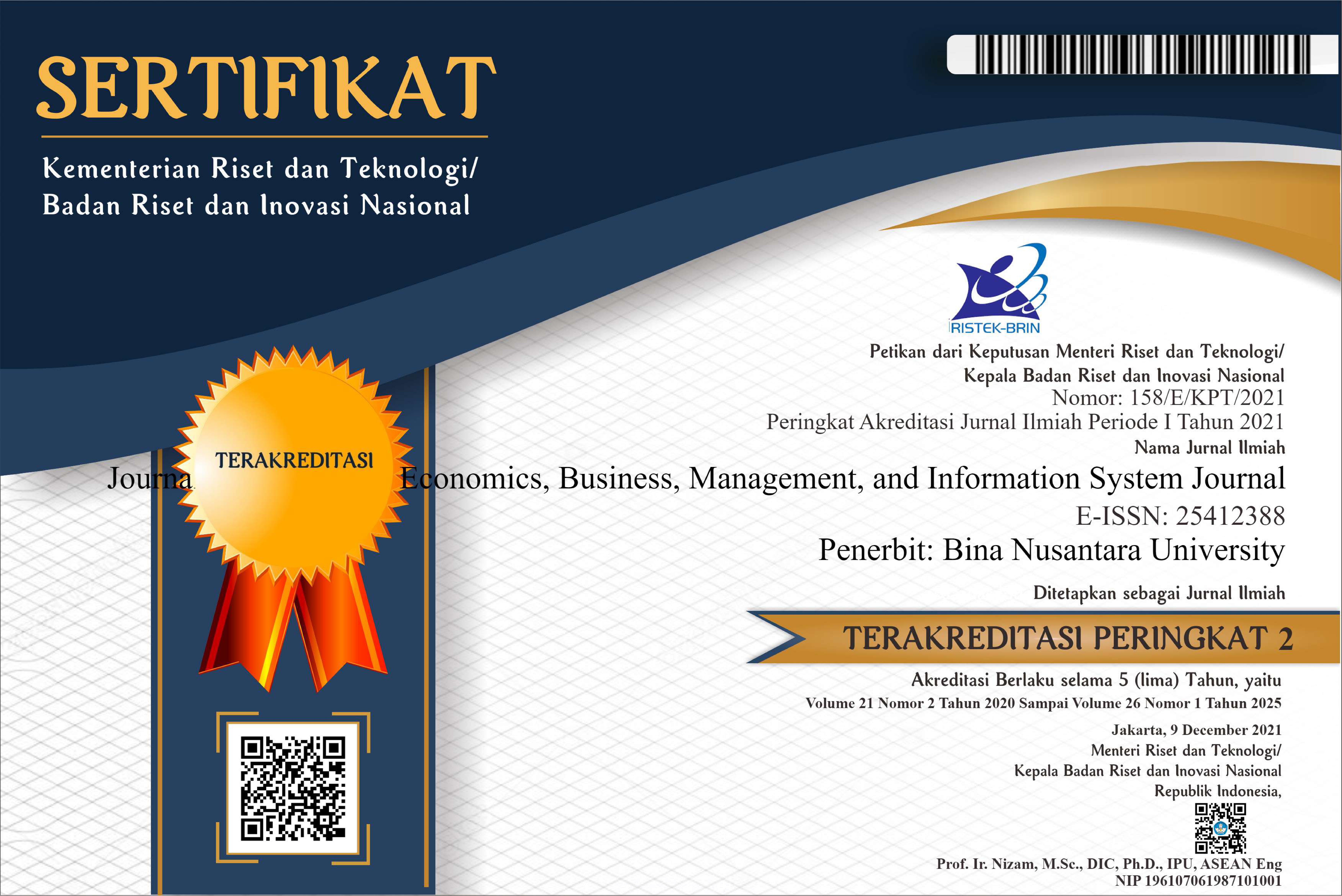Measuring the Quality of Signs for Objects in the Economy
DOI:
https://doi.org/10.21512/tw.v18i1.4048Keywords:
quantities measurement in economy, object quality assessment, qualitative methods in economicsAbstract
The problems of measuring the quality attributes for different objects in the economy were considered. This article used methods of value measuring in the economy that were determined by the existing types. In this, it must distinguish between direct primary measurement, indirect measurement, joint and combined measurement. The different ways to solve it on the basis of joint measurement of qualitative and quantitative attributes inherent to economic facilities that were explored. Stages and elements of the quantities measurement processes in the economy were classified and analyzed. The corresponding mathematical methods and tools depending on the objectives and procedures of measurements are determined. The conceptual representation of an integral quality of the object in the economy as a generalizing indicator was proposed. It finds that it is possible to make general conclusions that underestimate the role of non-metric signs in the characterization of the object that is explained by their insufficient study and poorly developed mathematical tools to measure them.Plum Analytics
References
Borie, D. (2016). Error in measurement theory. GREDEG Working Papers 2016-09, Groupe de Recherche en Droit, Economie, Gestion (GREDEG CNRS)
Danilov, V., & Lambert-Mogiliansky, A. (2005). Non-classical measurement theory: a framework for behavioral sciences. PSE Working Papers halshs-00590714, HAL.
Gomme, P., & Rupert, P. (2007). Theory, measurement, and calibration of macroeconomic models. Journal of Monetary Economics, 54(2), 460-497.
Hovanov, N. (1996). Analysis and synthesis of indicators in an information deficit [Analiz isintezpokazateleypriinformatsionnom defitsite]. St. Petersburg: St. Petersburg University Publisher.
Knorring, V. (1983). Theoretical foundations of information and measuring equipment, basic concepts of the theory of scales [Teoreticheskiye osnovyinformatsionno-izmeritel'noytekhniki. Osnovnyye ponyatiyateorii shkal]. St.Petersburg: St.Petersburg University Publisher.
Malyarets, L. (2006). Measurement attributes of objects in economy: methodology and practice [Vymiryuvannya oznakob'yektiv v ekonomitsi: metodolohiya ta praktyka]. Kharkiv: KhNUE Publisher.
Ponomarenko, V., & Malyarets, L. (2009). Analysis of data in studies of socioeconomic systems [Analiz danykh u doslidzhennyakh sotsialʹno ekonomichnykh system]. Kharkiv: KhNUE Publisher.
Saaty, Т. (2008). Relative measurement and its generalization in decision making: why pairwise comparisons are central in mathematics for the measurement of intangible factors - theanalytichierarchy/networkprocess. RACSAM (Review of the Royal Spanish Academy of Sciences, Series A, Mathematics), 102(2), 251-318.
Schwartz, J. (1985). The neglected problem of measurement error in categorical data. Sociological Methods & Research, 13(4), 435-466.
Turk, J. (2011). Science is measurement: muons, money and the Nobel Prize. International Journal of Pluralism and Economics Education, 2(3), 291-305.
Zeumo, V., Tsoukiàs, A., & Some, B. (2012). A new methodology for multidimensional poverty measurement based on the capability approach. Working Papers hal-00874627, HAL.
Downloads
Published
Issue
Section
License
Authors who publish with this journal agree to the following terms:
a. Authors retain copyright and grant the journal right of first publication with the work simultaneously licensed under a Creative Commons Attribution License - Share Alike that allows others to share the work with an acknowledgment of the work's authorship and initial publication in this journal.
b. Authors are able to enter into separate, additional contractual arrangements for the non-exclusive distribution of the journal's published version of the work (e.g., post it to an institutional repository or publish it in a book), with an acknowledgment of its initial publication in this journal.
c. Authors are permitted and encouraged to post their work online (e.g., in institutional repositories or on their website) prior to and during the submission process, as it can lead to productive exchanges, as well as earlier and greater citation of published work.
USER RIGHTS
All articles published Open Access will be immediately and permanently free for everyone to read and download. We are continuously working with our author communities to select the best choice of license options, currently being defined for this journal as follows: Creative Commons Attribution-Share Alike (CC BY-SA)

















